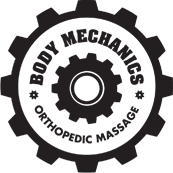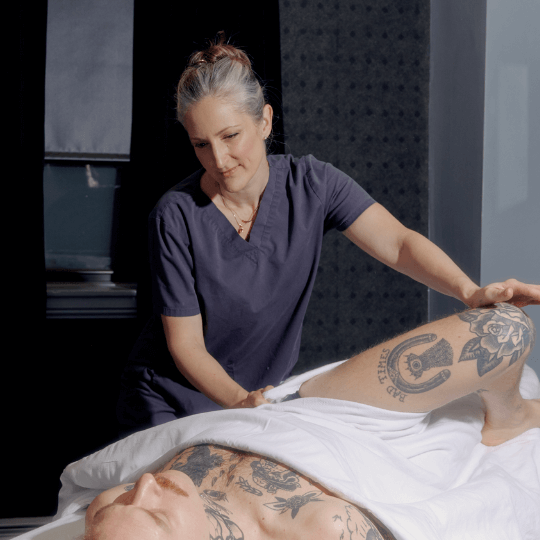
In the course of my training as a yoga therapist I have learned a fair amount of new information about pain, stress management, and relaxation. With these new skills under my belt, my massage therapy goals have changed.
I can particularly see this in the massage therapy education that I pass on to staff and students. The techniques stay the same but the application and information changes.
Right now I am particularly focused on a return to fundamentals like ‘rate and rhythm’, something I think is often overlooked. It sounds like a weird thing for someone with “orthopedic massage’ in their title to be grooving over rate and rhythm. Most people would assume I would be filling my treatments with what some refer to as ‘advanced massage techniques’. They are, in limited doses, if appropriate, but mostly we are trying to make a nice pattern in a larger sequence.
It is one of the ways I am trying to tap into interacting with the nervous system. Brains like to know what happens next so predictable patterning makes them happy. At the very least they are not wasting time trying to figure out what is coming next…and that stillness of mind is very valuable.
If you’re into meditation, there is a very well known technique called a body scan. That mediation is specific to relaxing the body and putting people into a deep relaxed state. It uses a pattern that goes something like this:
‘Focus on the tip of your thumb, let the thumb get heavy, let it go. Focus on all the fingers, let the fingers get heavy, let it go. Focus on the palm of the hand, let the palm get heavy, let it go. Focus on the whole hand, let the whole hand get heavy, let it go. Focus on the forearm, let the forearm get heavy, let it go. Now focus on the hand and the forearm, let them both get heavy, let it go.’
It goes on to cover the whole body in that manner, repeating patterns. If you’re a massage therapist, that pattern might ring a few bells for you. It is pretty similar to the concepts of ‘general, specific, general’ and ‘distal, proximal, distal’. A well-formed patterned massage is running through a body scan of touch.
If you have properly controlled your space for someone, and created a safe place to relax and focus on the sensory experience at hand, you may be guiding them into a meditative state. That is an odd thing considering most scopes of practice deal primarily with muscles and skin rather than the nervous system.
Is that all that massage is? Of course not, massage covers a lot of areas in what people are ‘doing’ in treatment, but it is one of the many things you can do provided you do it well. If this all sounds super-strange to you, you you can listen to this 6 min body scan as an example.

